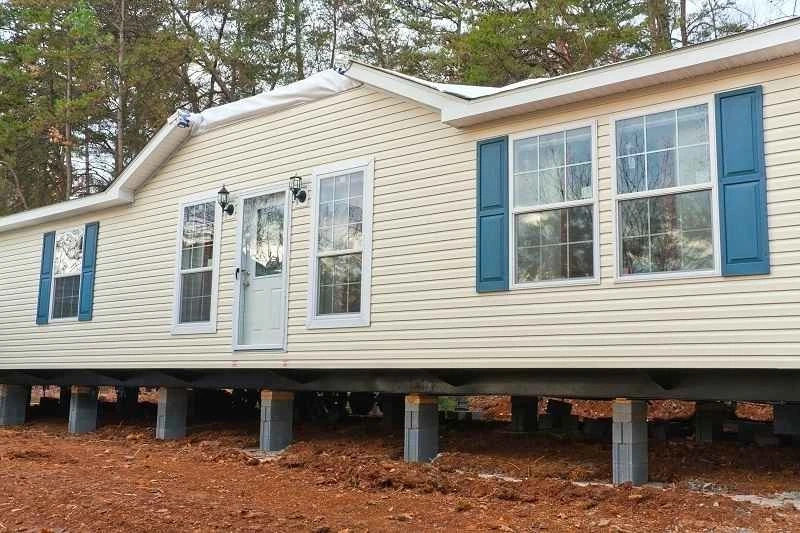As a homeowner, it\'s essential to be aware of the signs that indicate you need house reblocking. House reblocking, also known as restumping, is the process of replacing the existing stumps or foundations of your house with new ones. This is done to ensure the stability and safety of your home. In this article, we will discuss the various signs that tell you it\'s time for house reblocking, the reasons behind these signs, and the benefits of addressing these issues promptly.
Cracked Walls:
One of the most common signs that your house needs reblocking is the presence of cracked walls. Cracks may appear as small hairline fractures or more significant, visible cracks. These cracks can be caused by the natural settling of your home over time, but they can also indicate more severe foundation issues. If you notice cracks in your walls, it\'s essential to have a professional assess the situation and determine if house reblocking is necessary.
Uneven Floors:
Uneven floors are another sign that your home may need reblocking. Floors that slope or feel unsteady underfoot can indicate that the foundation of your home is no longer providing the necessary support. This can be caused by shifting soil, moisture damage, or the natural settling of your home. If you notice uneven floors, it\'s crucial to have a professional evaluate the situation and recommend the appropriate course of action, which may include house reblocking.
Door and Window Problems:
Doors and windows that stick, jam, or are difficult to open and close can be a sign of foundation issues. As your home\'s foundation shifts or becomes damaged, it can cause the frames of your doors and windows to become misaligned. This can make it difficult for them to function correctly and may even cause damage to the doors and windows themselves. If you\'re experiencing these issues, it\'s essential to consult with a professional to determine if house reblocking is necessary.
Visible Foundation Issues:
Visible foundation issues, such as cracks in the foundation itself, are a clear sign that your home may need reblocking. These cracks can be caused by a variety of factors, including shifting soil, moisture damage, and the natural settling of your home. If you notice cracks in your foundation, it\'s crucial to have a professional evaluate the situation and determine if house reblocking is necessary
Structural Damage:
Structural damage, such as sagging rooflines or bowed walls, can indicate that your home\'s foundation is no longer providing the necessary support. This can be caused by a variety of factors, including shifting soil, moisture damage, and the natural settling of your home. If you notice structural damage, it\'s essential to have a professional assess the situation and determine if house reblocking is necessary.
Age of the House:
The age of your home can also be a factor in determining if house reblocking is necessary. Older homes, particularly those built before the 1970s, may have been constructed using materials that are no longer considered suitable for use in modern homes. Additionally, the natural settling of your home over time can cause the foundation to become unstable. If your home is older, it\'s essential to have a professional evaluate the foundation and determine if house reblocking is necessary.
Pest Infestations:
Pest infestations, such as termites or other wood-boring insects, can cause significant damage to your home\'s foundation. These pests can weaken the structural integrity of your home, making it more susceptible to foundation issues. If you have a pest infestation, it\'s important to address the problem promptly and consult with a professional to determine if house reblocking is necessary.
Water Damage:
Water damage, such as flooding or excessive moisture, can cause significant damage to your home\'s foundation. This can lead to issues such as shifting soil, cracks in the foundation, and structural damage. If your home has experienced water damage, it\'s essential to have a professional assess the situation and determine if house reblocking is necessary.
Benefits of House Reblocking:
There are several benefits to house reblocking, including:
- Improved structural integrity: Replacing damaged or old stumps can significantly improve the stability of your home, ensuring that it remains safe and secure for years to come.
- Increased property value: A stable foundation is a crucial factor in determining the value of your home. Reblocking your house can increase its market value and make it more attractive to potential buyers.
- Improved energy efficiency: A stable foundation can help to reduce drafts and improve the overall energy efficiency of your home, leading to lower utility bills.
Conclusion:
In conclusion, it\'s essential to be aware of the signs that indicate you need house reblocking. Cracked walls, uneven floors, door and window problems, visible foundation issues, structural damage, the age of the house, pest infestations, and water damage can all be indicators that your home\'s foundation needs attention. By addressing these issues promptly and investing in house reblocking, you can ensure the stability and safety of your home, improve its market value, and enjoy the benefits of more energy-efficient living space.



